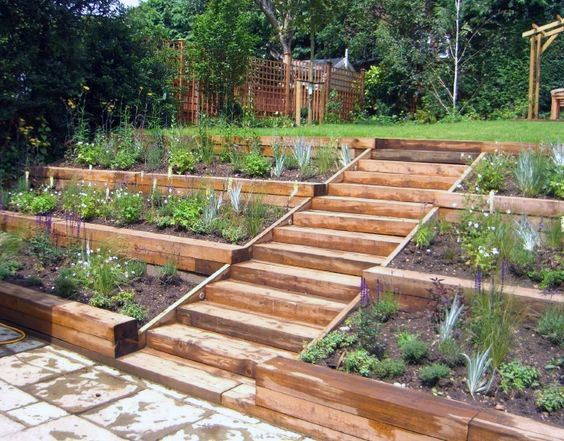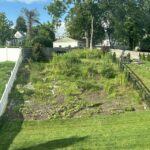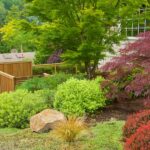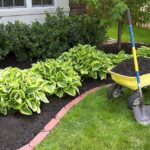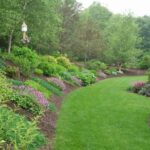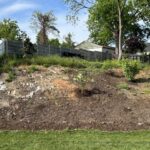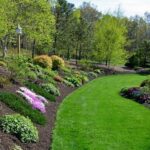Landscaping on a hill can pose a unique set of challenges and opportunities for homeowners. Whether you are looking to beautify your property or prevent erosion, there are several factors to consider when planning your landscaping project on a sloped surface.
One of the key considerations when landscaping on a hill is erosion control. Heavy rainfall can easily wash away soil on a slope, leading to mudslides and other issues. Planting ground cover, such as grasses or shrubs, can help stabilize the soil and prevent erosion. Additionally, retaining walls or terracing can help to create flat areas for planting and prevent soil from shifting downhill.
Another important aspect of landscaping on a hill is choosing the right plants. Plants that have shallow root systems may not be suitable for a sloped surface, as they may not be able to anchor themselves securely in the soil. Instead, opt for plants with deep root systems that can help stabilize the soil and withstand the challenges of a sloped landscape. Native plants are often a good choice, as they are well adapted to the local climate and soil conditions.
Incorporating hardscaping elements, such as paths, stairs, and retaining walls, can not only improve the functionality of your hillside landscape but also add visual interest. Retaining walls can help create flat areas for planting, while paths and stairs can provide access to different parts of your property. When designing these elements, it is important to consider the slope of the hill and ensure that they are safely constructed to prevent accidents.
When it comes to maintenance, landscaping on a hill may require more attention than a flat surface. Steeper slopes can be more challenging to mow and weed, and may require specialized equipment or techniques. Additionally, regular maintenance of retaining walls and other hardscaping elements is essential to ensure their longevity and effectiveness.
Overall, landscaping on a hill can be a rewarding project that enhances the beauty and functionality of your property. By taking into account factors such as erosion control, plant selection, hardscaping elements, and maintenance, you can create a stunning hillside landscape that complements your home and suits your needs. With careful planning and attention to detail, you can transform a sloped surface into a beautiful and functional outdoor space.
